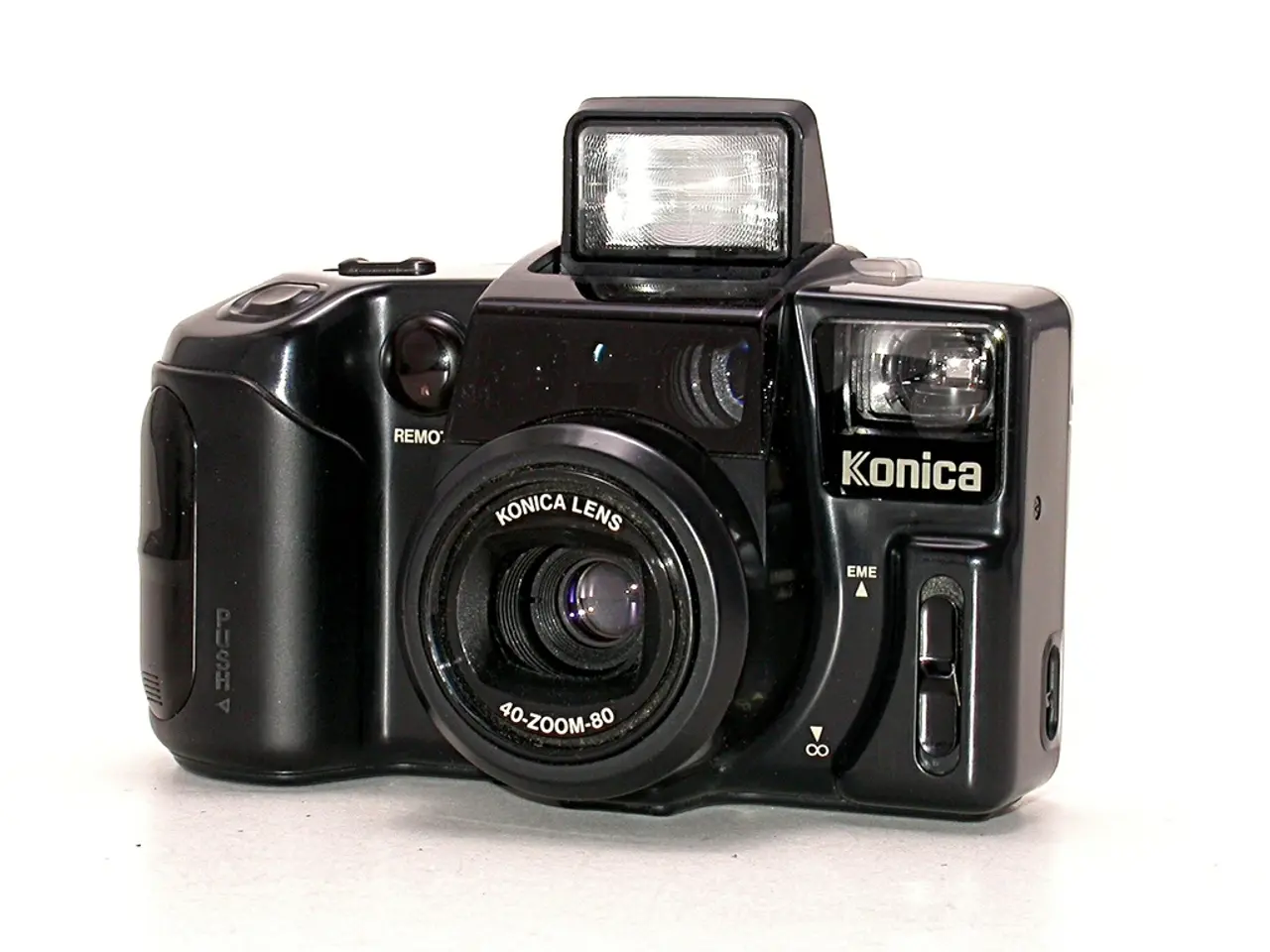Nikon D780 Camera Evaluation
The Nikon D780, a new DSLR camera, represents an elegant hybridization of mirrorless and DSLR technology, appealing to both traditionalists and modern photographers. For underwater photography, this camera offers several advantages and trade-offs compared to its mirrorless counterpart, the Nikon Z6.
Nikon D780 — Pros and Cons for Underwater Photography
Pros:
- Optical Viewfinder: The D780's optical viewfinder provides a clear, lag-free image, which is useful underwater where electronic displays can be harder to see in sunlight or dark conditions.
- Durability: Built like a standard Nikon DSLR, the D780 is durable, ergonomic, and completely weather-sealed, making it a robust choice for underwater use.
- Battery Life: With a capacity of 2260 shots, the D780's battery life is rated almost 7 times longer than Z series cameras, beneficial for extended dive sessions.
- Lens Options: Access to the entire Nikon F-mount lens ecosystem, including many specialized underwater or macro lenses with existing housings.
- Hybrid AF System: The D780's new phase-detect AF system in live view is capable of autofocus tracking, which works well in low light, a common challenge in underwater environments.
Cons:
- Bulkier and Heavier: DSLRs are typically larger and heavier, which can be cumbersome underwater.
- Slower Live View AF: Mirrorless cameras like the Z6 tend to have faster and more accurate autofocus in live view, which is often used underwater through housings.
- Viewfinder cannot preview exposure: The D780's optical viewfinder does not show exposure preview, so manual adjustments underwater can be less intuitive.
Nikon Z6 — Pros and Cons for Underwater Photography
Pros:
- Compact & Lightweight: Being mirrorless, the Z6 is smaller and lighter, making it easier to handle underwater.
- Electronic Viewfinder (EVF): The Z6's EVF allows preview of exposure, white balance, and other settings in real-time, which is helpful for underwater shooting.
- Fast and Accurate Autofocus in Live View: The Z6's hybrid phase-detection autofocus with subject tracking works well for moving underwater subjects.
- Better Video Capabilities: More advanced video features and stabilization benefit underwater videographers.
- Lens Adaptability: While native lenses use the Z-mount, the camera can also use F-mount lenses with an adapter, allowing some flexibility.
Cons:
- Shorter Battery Life: Mirrorless cameras like the Z6 tend to have shorter battery life, which is a limiting factor underwater.
- Less Rugged: The mirrorless body might be less rugged compared to DSLR bodies, requiring very good underwater housings.
- Lens ecosystem for underwater is newer: Fewer native Z-mount lenses designed specifically for underwater use and fewer third-party housing options compared to older F-mount lenses for DSLRs.
Summary Table
| Feature | Nikon D780 (DSLR) | Nikon Z6 (Mirrorless) | |------------------------------|--------------------------------------------|-------------------------------------------| | Viewfinder | Optical (no exposure preview) | Electronic (exposure preview) | | Size & Weight | Bulkier, heavier | Compact, lightweight | | Battery Life | Longer (better for long dives) | Shorter | | Autofocus | Fast hybrid AF with good low-light | Fastest AF with tracking in live view | | Lens Compatibility | Full Nikon F-mount native lens access | Native Z-mount + F-mount via adapter | | Durability & Housing Options | Robust, many underwater housings available | Requires very good housing; fewer options | | Video | Good, but less advanced features | Superior video features and stabilization |
Additional Considerations for Underwater Use
- Both cameras require special underwater housings to be used underwater safely. The availability and cost of housings might play a big role in choice.
- Both cameras are full-frame, which is advantageous for high image quality underwater.
- Often, underwater photographers prefer DSLRs historically due to ruggedness and lens selection, but mirrorless cameras like the Z6 are rapidly gaining ground with advanced autofocus and compact size.
The Nikon D780 is a good camera for underwater photography, offering benefits of both DSLR and mirrorless designs. Its 24.5 megapixel, full-frame sensor is capable of shooting 4K video @ 30fps, and its improved ISO range of ISO 100 - 51,200 allows for versatile shooting in various lighting conditions. The D780's burst rate is 7 fps, and in live view, it can shoot up to 12 fps, making it suitable for capturing fast-moving underwater subjects. The D780's video capability is significantly better than the D750's, and it features a 273 point on-sensor phase detect AF system in live view, capable of AF tracking.
The Nikon D780's U.S. MSRP is $2,299.95. Its housing is available from Ikelite, being easy-to-use, lightweight, durable, and user-friendly. For underwater photographers looking to step into a full frame system and not wanting to go mirrorless, the Nikon D780 is a strong choice.
- The Nikon D780, a DSLR camera, is an elegant hybrid of mirrorless and DSLR technology, appealing to both traditional and modern photographers.
- Underwater, the D780's optical viewfinder provides a clear, lag-free image, which is useful in challenging sunlight or dark conditions.
- Compared to its mirrorless counterpart, the Nikon Z6, the D780 is a robust choice for underwater use due to its durability, ergonomics, and weather-sealing.
- The D780's battery life is rated almost 7 times longer than Z series cameras, beneficial for extended dive sessions.
- Access to the entire Nikon F-mount lens ecosystem gives the D780 extra versatility, including many specialized underwater or macro lenses with existing housings.
- The D780's new phase-detect AF system in live view is capable of autofocus tracking, which works well in low light, a common challenge in underwater environments.
- However, the D780's bulkier and heavier design can be cumbersome underwater, and its optical viewfinder does not show exposure preview, making manual adjustments less intuitive.
- In contrast, the Nikon Z6, being mirrorless, is smaller and lighter, making it easier to handle underwater.
- The Z6's electronic viewfinder allows real-time preview of exposure, white balance, and other settings in underwater shooting, and its hybrid phase-detection autofocus with subject tracking works well for moving underwater subjects.




